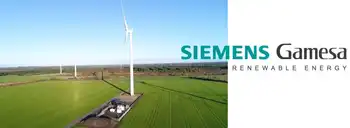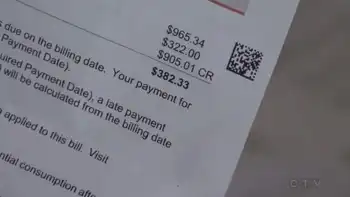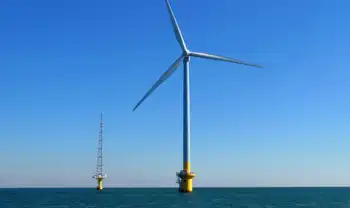Power needs to rise after 2013
“The Northwest is in good shape for the next five years,” said Bill Booth, “but as demand for power grows, our cushion to meet periods of high demand shrinks.”
Booth chairs the Northwest Power and Conservation Council, a multistate agency tasked with balancing the need for affordable and reliable power against the needs of resident fish and wildlife.
Booth stressed that the council's finding “does not mean we will run out of power, but it's an issue that the region's utilities will have to address as they plan for the future.”
The council is urging regional utility companies to plan new power plants and encourage more energy conservation, in order to insulate consumers against power-price spikes in a notoriously volatile wholesale market.
Already, many electricity providers are investing in new plants - especially solar and wind plants - as part of state-mandated renewable resource requirements.
The council reports annually on regional power supplies, and this year announced a good-news, bad-news scenario. The immediate future holds little risk of energy shortages, but predicted increases in demand - especially during summer months - will shrink reserves substantially by 2013, Booth said. The annual analysis is intended as an early warning system, should supply fall behind demand. And while the council is urging more power plant development, members stopped short of defining how many and what kinds of plants should be built. Those details are expected in the council's upcoming five-year power plan, to be completed next year.
The current power plan, released in 2004, indicated the region would need about 5,000 additional megawatts of production in the coming two decades. Of that, about half - enough to power a city the size of Seattle for two years - was recommended to come from energy conservation rather than new plant construction.
And in 2007, electricity producers and wholesalers predicted a gust of wind power development in the coming two decades, adding perhaps 6,000 megawatts to the regional grid by 2024.
Related News

Siemens Energy to unlock a new era of offshore green hydrogen production
BERLIN - To reach the Paris Agreement goals, the world will need vast amounts of green hydrogen and wind will provide a large portion of the power needed for its production.
Siemens Gamesa and Siemens Energy announced today that they are joining forces combining their ongoing wind-to-hydrogen developments to address one of the major challenges of our decade - decarbonizing the economy to solve the climate crisis.
The companies are contributing with their developments to an innovative solution that fully integrates an electrolyzer into an offshore wind turbine as a single synchronized system to directly produce green hydrogen. The companies intend to…





